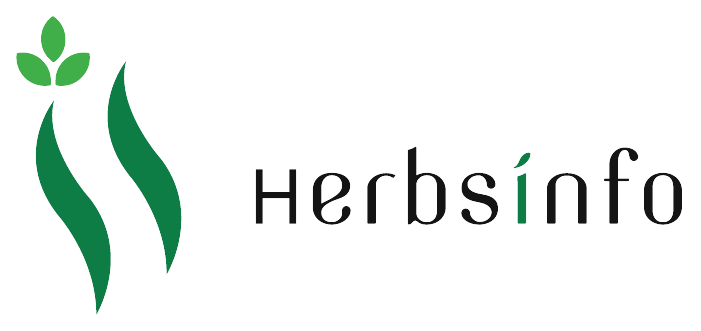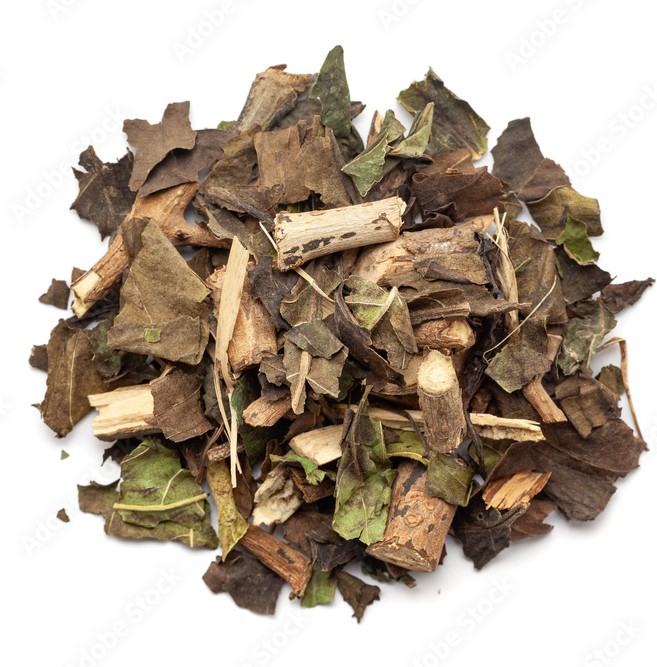INTRODUCTION:
Vasaka Dry refers to the dried leaves or extract of the Vasaka plant, scientifically known as Justicia adhatoda or Adhatoda vasica. It is a well-known medicinal herb in Ayurvedic, Unani, and traditional medicine systems, primarily used for its powerful respiratory and anti-inflammatory benefits.The dried form of Vasaka retains the plant’s active compounds, including vasicine, which is known for its expectorant, bronchodilator, and antitussive properties.
In Sanskrit: Vasa, Vasaka, Vrisha
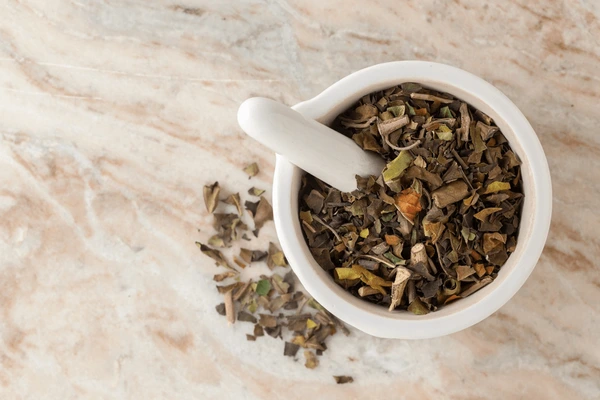
In Hindi: Adusa (अड़ूसा), Vasaka
In English: Malabar Nut, Vasaka
In Tamil: Adathodai (அடதோடை)
In Telugu: Addasaramu (అద్దసరం)
In Gujarati: Ardusi (અરદુસી)
In Punjabi: Bansa (ਬਾਂਸਾ)
In Bengali: Basak (বাসক)
In Urdu: Arusa (اروسا), Bansa
In Odia (Oriya): Basanga
HEALTH BENEFITS:

Bronchodilator & Mucolytic:
Contains vasicine a bronchodilator that enlarges airways and helps open breathing tubes, and acts as an expectorant to loosen mucus and phlegm.
Respiratory Disorders:
Traditionally used for conditions like asthma, bronchitis, common colds, and tuberculosis.
Anti-inflammatory & Antioxidant:
Possesses anti-inflammatory properties that help minimize airway inflammation and protect against asthma’s negative effects. It also provides antioxidant protection.
Wound Healing:
Ointments containing extracts from vasca leaves have shown effective wound healing activity in studies.
Immunity & Antimicrobial:

Its antimicrobial and antiseptic properties can help ward off various infections by increasing immunity.
Skin & Gut Health:
Used in treating certain skin disorders and may improve gut health.
Expectorant:
The plant helps to loosen chest congestion, reduce phlegm (kapha), and make it easier to breathe.
Skin Health:
Thanks to its anti-inflammatory and antimicrobial properties, it may also help with minor cuts, skin irritations, and inflammatory skin concerns.
Active Compounds
The main active compounds responsible for its medicinal properties are quinazoline alkaloids, including vasicine and vasicinone, notes a ScienceDirect article.
SIDE EFFECTS:
Uterine Stimulation
Vasaka may stimulate uterine contractions.
Not recommended during pregnancy — may increase risk of miscarriage.
Blood Pressure Fluctuations
May affect blood pressure due to its bioactive compounds (vasicine can have mild hypotensive effects).
Interaction with Medications
May interfere with other medications, especially those for asthma, blood pressure, or blood thinners.
Liver Effects (Rare)
Prolonged or excessive use may burden the liver, especially if taken in strong concentrations or with other herbs.
HOW TO USE:
Follow Proper Dosage
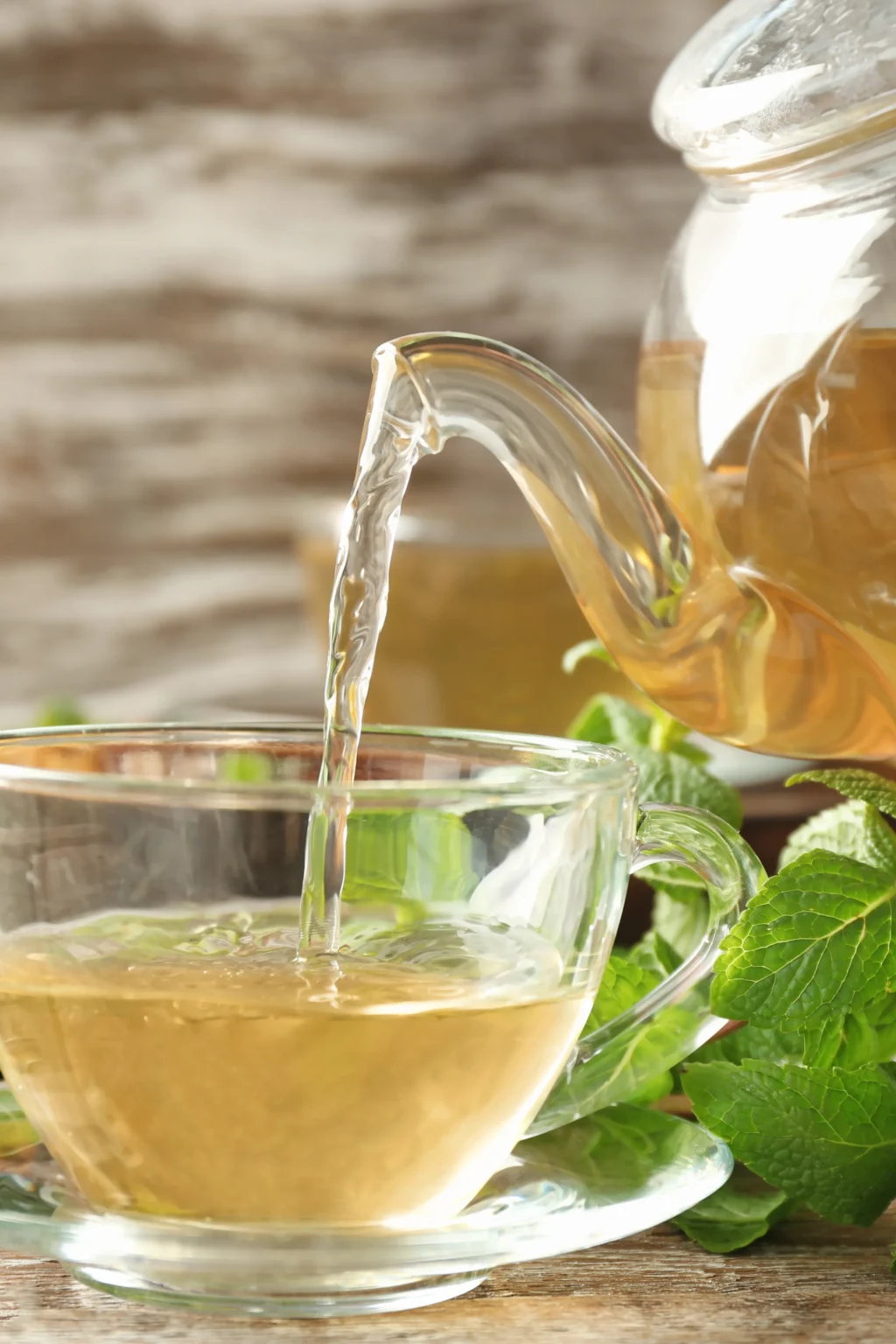
Powder (Churna): 1–3 grams per day, usually mixed with honey or warm water.
Juice (Swarasa): 5–10 ml once or twice a day.
Decoction (Kashayam): 30–50 ml once or twice daily.
Capsules/Tablets: Follow dosage as per label or practitioner’s advice.
Always start with the lowest recommended dose to check tolerance.
2. Best Ways to Take It
For cough & cold: Mix Vasaka powder with honey or tulsi juice.
For asthma or bronchitis: Use decoction or herbal syrup containing Vasaka under guidance.
As a tea: Boil Vasaka leaves in water (2–3 leaves per cup), strain, and drink once cooled slightly.
PRECAUTIONS:
Pregnant women – Vasaka may stimulate uterine contractions.
Breastfeeding women – Use only under medical advice.
Children under 12 – Use only in prescribed, mild forms.
People with chronic conditions (e.g., liver disorders, hypotension, or those on multiple medications).
This Article is for Basic Information. Contact a professional doctor before using it.
HAKEEM KARAMAT ULLAH
